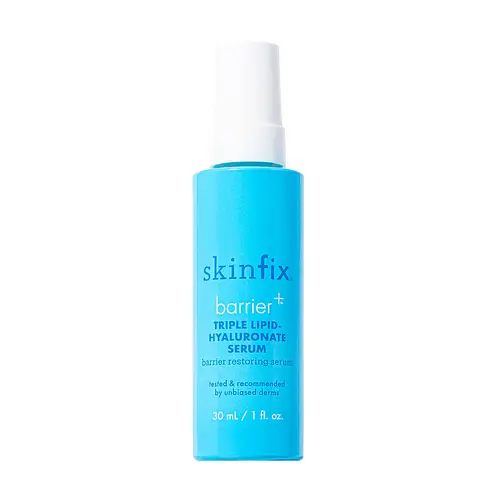Bliss Glow & Hydrate Day Serum Versus Caudalie Vinosource S.O.S. Thirst Quenching Serum
Overview
What they are
These products are both vegan and reef safe serums. They have a total of 0 ingredients in common
Cool Features
They both contain hyaluronic acid
Suited For
They're both likely to be good for anti aging, dry skin, brightening skin and scar healing
Free From
They both do not contain any common allergens, parabens or sulfates
What's Inside
They both contain fragrances and silicones
We independently verify ingredients, and our claims are backed by peer-reviewed research. Spot a product that needs an update? Let us know.
Ingredient Info
Bliss Glow & Hydrate Day Serum 36 ingredients
Caudalie Vinosource S.O.S. Thirst Quenching Serum 26 ingredients
What's inside (and what isn't)
What's inside (and what isn't)
At a glance
Click on any of the items below to learn more
Bliss Glow & Hydrate Day Serum 36 ingredients
Caudalie Vinosource S.O.S. Thirst Quenching Serum 26 ingredients
Key Ingredients
Benefits
Concerns
Benefits
Concerns
Ingredients Side-by-side
Ingredient Ratings
Here's what our community thinks of the ingredients in these products.

